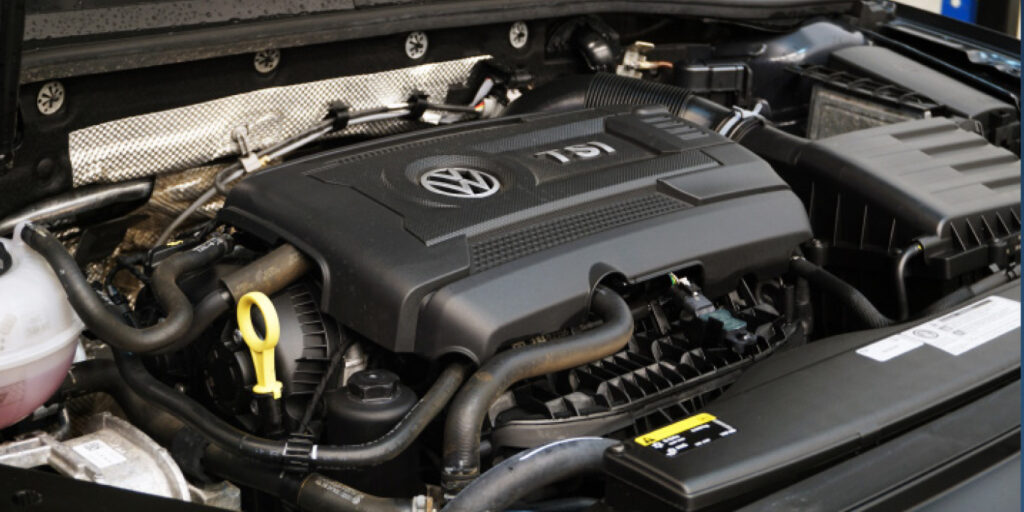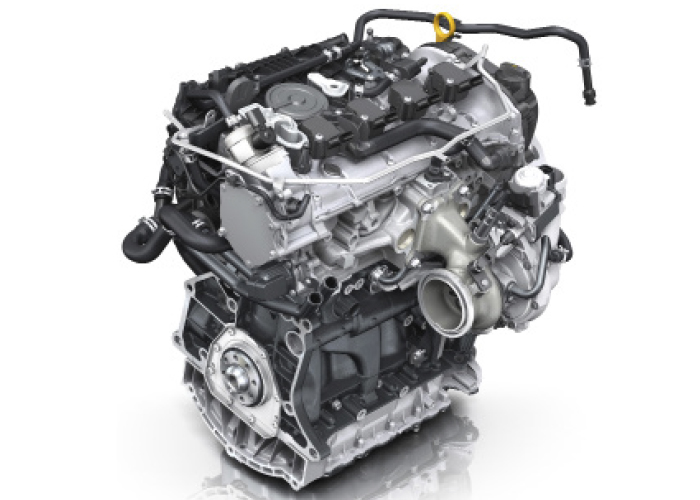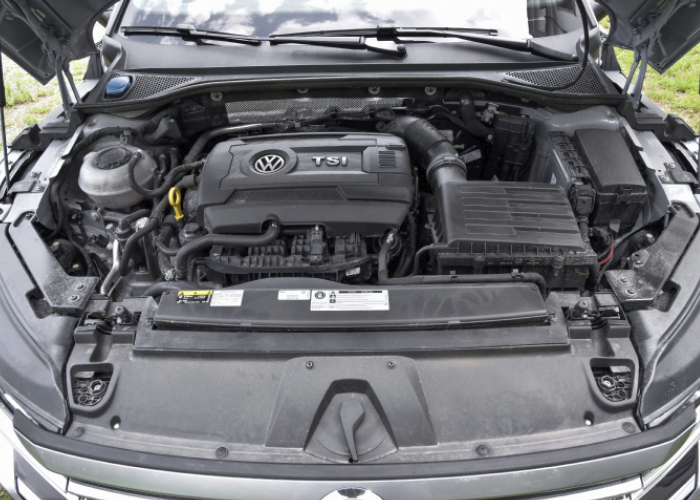While it’s true that in many ways “a spark plug is a spark plug,” we should all be aware of the subtle differences from one automaker to the next. Let’s take a look at a few things you should know about VW TSI spark plug service.
Service Intervals Vary Greatly
There is no single “rule of thumb” when it comes to spark plug replacement intervals in VW TSI engines. It’s best practice to always check the OEM maintenance schedule for the specific application that you’re working on. You might see replacement intervals vary between 50,000 miles to 120,000 miles.
How do you know when it’s time to sell spark plug service to your customer? Take a look at all known factors and use your best judgment. Does the customer frequently drive in stop-and-go traffic? Do they tow with the vehicle, or do they haul heavy loads with it? If any of these cases apply, then you should be using the “severe” maintenance schedule. In addition, are there any modifications to the vehicle? An upgraded turbocharger, ECU tune, or other modifications may place more wear and tear onto spark plugs, and this would warrant more frequent spark plug service.
Don’t forget to search through the Technical Service Bulletins (TSBs) for helpful tips and tricks, or common issues which you might run into. This only takes a moment, and it can save you a ton of time in the long run.
Start Digging
Whether you’re working on a Gen1 or Gen3 TSI engine, the spark plugs are relatively easy to get to. You’ll need to remove the engine cover, and disconnect the engine harness from each of the ignition coils.
Use extra care when trying to disconnect the ignition coil harness connectors. The plastic locking tabs will become brittle after years of heat-cycling under the hood, and they may break easily. Sometimes it feels as if they’ll break if you just LOOK at them the wrong way. If they break, they won’t be able to lock in place anymore, and can end up working their way loose. This can cause intermittent misfire or drivability concerns, and a customer comeback.
Before you remove the coil packs, use compressed air to blow away any dirt or debris from on top of the engine. Once the coil packs have been removed, blow out the spark plug tubes, as well. This will help to prevent any dirt or debris from falling into the engine once the spark plugs are removed. Check to see if the spark plug is submerged in oil; this would indicate a leaking valve cover gasket.
Stubborn Ignition Coils
The ignition coils can be difficult to remove on some TSI engines. Your first instinct may be to simply pull hard on the coil to dislodge the rubber boot below. But if you do this, you’ll likely separate the coil from the boot. You’ll then be stuck trying to figure out how to remove the rubber boot from the spark plug. This can be a really difficult task as there isn’t exactly a lot of room to get tools down inside the spark plug tube. So, what do you instead? Before you try to pull the coil upward, try to twist it side to side. This may help to release the rubber boot from the spark plug.
There are tools that are designed to remove the ignition coils, and they’re worth the small investment. Reference VW part number T40039 for Gen1 TSI engines, T10530 for Gen3 TSI engines. There are aftermarket versions of these tools out there which are much less expensive compared to the OEM tools.
You should be able to service spark plugs in most TSI engines without any special tools. A good-quality spark plug socket will obviously be needed, and I always have a locking 3/8” drive extension on hand. I like these extensions for this job because they will stay locked inside the socket, so there’s no risk of the socket getting stuck inside the spark plug tube. Lastly, I prefer to use a spark plug socket with a built-in swivel. These sockets offer a little bit of flexibility, and they really come in handy when working inside a modern, tight engine bay.
Gap, or No Gap
When it comes to the spark plug gap, chances are good that you can leave it alone. The tips on laser platinum or iridium spark plugs are fragile. Using a coin-style gapping tool could end up damaging the plug. Check the OEM service information for gap information on your application, or you can try the spark plug manufacturer website. For example, NGK has an extensive catalog on its website with part numbers and gap information.
















